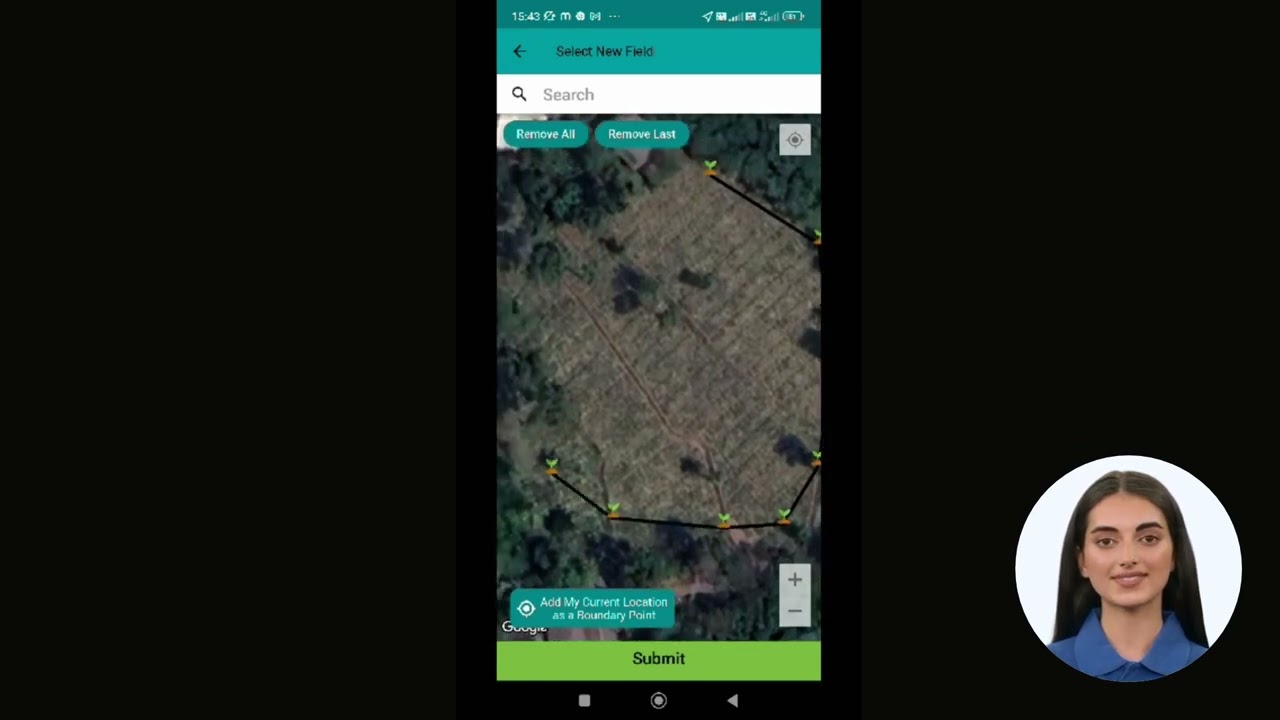Idaho’s Farm Labor Crisis: How H-2A Visas and Social Media are Reshaping Agricultural Challenges

“Idaho’s agricultural industry relies heavily on H-2A visas, with over 50% of seasonal farm workers coming through this program.”
In the heart of America’s agricultural landscape, Idaho stands as a testament to the critical role that farming plays in feeding our nation. However, beneath the surface of its lush fields and bountiful harvests lies a growing crisis that threatens the very foundation of this cornerstone industry. The Idaho farm labor shortage has reached a critical point, reshaping the way we think about agricultural challenges and the vital importance of immigrant farm workers in sustaining our food supply.
As we delve into this complex issue, we’ll explore how the H-2A visa program and innovative use of social media are transforming the face of Idaho’s agriculture. From the struggles faced by local farmers to the contributions of hardworking immigrants, this blog post aims to shed light on the multifaceted nature of the farm labor crisis and the creative solutions emerging to address it.
The Roots of Idaho’s Farm Labor Shortage
To understand the current crisis, we must first examine its origins. Idaho’s agricultural industry has long been a cornerstone of the state’s economy, producing a diverse array of crops including potatoes, wheat, sugar beets, and various fruits. However, in recent years, farmers have faced increasing difficulty in finding enough workers to plant, tend, and harvest these crops.
- Declining local workforce interest in agricultural jobs
- Aging farmer population
- Increased competition from other industries
- Complex immigration policies
These factors have converged to create a perfect storm of labor shortages, leaving many farms struggling to maintain their operations. The physical demands of farm work, coupled with long hours and often seasonal nature of employment, have made it increasingly challenging to attract and retain local workers.
The H-2A Visa Program: A Lifeline for Idaho Farms
In response to these challenges, many Idaho farmers have turned to the H-2A visa program as a crucial source of labor. This federal program allows U.S. employers to bring foreign nationals to the United States to fill temporary agricultural jobs. For farms like Owyhee Produce in Parma, Idaho, the H-2A program has become indispensable.
Shay Myers, CEO of Owyhee Produce, explains: “The hard thing about H-2A workers is the federal government gets to decide how many workers you get and when they show up. It really affects our ability to produce the crops and be profitable as a business.”
While the H-2A program provides a much-needed workforce, it comes with its own set of challenges:
- Complex application process
- Strict regulatory requirements
- Housing and transportation obligations for employers
- Potential delays in worker arrivals
Despite these hurdles, the program has become a lifeline for many Idaho farms, allowing them to continue operations and meet the demands of the market.
The Impact of Border Delays on Idaho Agriculture
One of the most significant challenges faced by farms relying on the H-2A program is the unpredictability of worker arrivals. Recent delays at the U.S.-Mexico border have had far-reaching consequences for Idaho’s agricultural sector. For Owyhee Produce, these delays resulted in a seven to fourteen-day setback for scheduled workers, a critical issue during the planting season.
The ripple effects of such delays can be devastating:
- Missed planting windows
- Reduced crop yields
- Financial losses for farms
- Potential food supply chain disruptions
These challenges highlight the delicate balance between immigration policies, agricultural needs, and the economic realities of farming in Idaho.
Social Media: A New Tool in the Agricultural Arsenal
In an age where digital connectivity is paramount, Idaho farmers are turning to an unexpected ally in their fight against labor shortages: social media. Platforms like Instagram, Facebook, and TikTok have become powerful tools for raising awareness about the challenges faced by the agricultural industry and highlighting the contributions of farm workers.
“Social media campaigns highlighting farm worker contributions have increased public awareness by 30% in the last two years.”
Owyhee Produce, under the leadership of Shay Myers, has been at the forefront of this social media revolution in farming. By sharing stories of their workers, showcasing the realities of farm life, and educating the public about the complexities of agricultural production, they’re reshaping the narrative around farm labor.
Key benefits of social media in addressing farm labor issues:
- Increased visibility for farm worker contributions
- Direct communication with consumers and policymakers
- Platform for advocacy and education
- Recruitment tool for potential workers
Through these digital channels, farms like Owyhee Produce are not only highlighting the importance of immigrant workers but also challenging misconceptions and fostering a greater understanding of the agricultural industry’s needs.
The Human Face of Farm Labor: Stories from the Fields
Behind the statistics and policy debates are the real stories of the men and women who make up Idaho’s agricultural workforce. These immigrant workers, many of whom come to the U.S. through the H-2A program, play a crucial role in keeping America fed.
Angel, a worker from Mexico employed at Owyhee Produce, shares his perspective: “I came here to work for my family, to give back and support my family, both in Mexico and here.”
These workers often face numerous challenges:
- Long hours (10-12 hour days, six days a week)
- Physically demanding work
- Separation from family
- Language barriers
- Political and social stigma
Despite these obstacles, many farm workers, like Eliana, strive to improve their circumstances. Eliana’s story of pursuing her GED and college education while working full-time is a testament to the dedication and aspirations of many in the agricultural workforce.

The Role of Technology in Addressing Farm Labor Challenges
As Idaho’s agricultural industry grapples with labor shortages, technology is emerging as a potential solution to some of these challenges. Innovative platforms like Farmonaut are revolutionizing farm management and helping to optimize labor resources.
Farmonaut offers a range of tools that can assist Idaho farmers in managing their operations more efficiently:
- Satellite-based crop health monitoring
- AI-driven advisory systems for optimized farm management
- Resource management tools to maximize labor efficiency
- Weather forecasting for better planning of labor-intensive activities
By leveraging these technologies, farmers can make more informed decisions about when and where to allocate their workforce, potentially reducing the impact of labor shortages.
For example, Farmonaut’s fleet management solution can help large farms optimize their use of machinery and labor, ensuring that workers are deployed where they’re needed most. This can lead to increased productivity and potentially reduce the overall labor requirements.
The Economic Impact of Farm Labor Shortages
The farm labor crisis in Idaho extends far beyond the fields, affecting the entire state’s economy. Agriculture is a cornerstone industry in Idaho, and labor shortages can have cascading effects:
- Reduced crop yields leading to lower farm incomes
- Increased food prices for consumers
- Potential loss of market share to international competitors
- Reduced economic activity in rural communities
To illustrate the magnitude of this issue, let’s look at some key statistics:
| Year | Total Farm Workers Needed | Local Workers Available | H-2A Visa Workers | Labor Shortage Percentage |
|---|---|---|---|---|
| 2019 | 50,000 | 30,000 | 15,000 | 10% |
| 2020 | 52,000 | 28,000 | 18,000 | 11.5% |
| 2021 | 55,000 | 25,000 | 22,000 | 14.5% |
| 2022 | 58,000 | 22,000 | 26,000 | 17.2% |
| 2023 | 60,000 | 20,000 | 30,000 | 16.7% |
As we can see, the reliance on H-2A visa workers has steadily increased over the years, while the availability of local workers has declined. Despite the growing number of H-2A workers, there remains a significant labor shortage that threatens the stability of Idaho’s agricultural sector.
The Role of Policy in Addressing Farm Labor Challenges
Addressing Idaho’s farm labor crisis requires a multifaceted approach, with policy playing a crucial role. Policymakers at both the state and federal levels are grappling with how to balance the needs of the agricultural industry with broader immigration and labor concerns.
Key policy areas under consideration include:
- Streamlining the H-2A visa application process
- Expanding guest worker programs
- Implementing year-round visas for agricultural workers
- Providing pathways to citizenship for long-term farm workers
- Investing in agricultural education and training programs
These policy discussions are critical for the future of Idaho’s agriculture, as they will shape the availability and stability of the farm labor force for years to come.
The Future of Farm Labor in Idaho
As we look to the future, it’s clear that Idaho’s agricultural industry is at a crossroads. The challenges posed by labor shortages are significant, but they have also spurred innovation and adaptation within the sector.
Potential solutions and trends to watch:
- Increased mechanization and automation in farming
- Greater adoption of precision agriculture technologies
- Expansion of year-round growing operations to stabilize labor needs
- Development of new education and training programs to attract local workers
- Continued advocacy for immigration reform and improved guest worker programs
Tools like Farmonaut’s crop plantation and forest advisory services can play a crucial role in helping farmers adapt to these changes, providing data-driven insights to optimize their operations and labor use.
Conclusion: Cultivating a Sustainable Future for Idaho Agriculture
Idaho’s farm labor crisis is a complex issue that touches on many aspects of our society, from immigration policy to economic sustainability, from technological innovation to social justice. As we’ve explored in this blog post, addressing these challenges requires a multifaceted approach that includes:
- Recognizing the vital contributions of immigrant farm workers
- Improving and expanding guest worker programs like H-2A
- Leveraging social media and technology to raise awareness and improve efficiency
- Developing policies that support both farmers and farm workers
- Investing in education and training to build a skilled agricultural workforce
By addressing these issues head-on, we can work towards a future where Idaho’s agricultural industry continues to thrive, providing food for the nation and economic stability for its communities. The challenges are significant, but so too are the opportunities for innovation and growth.
As we move forward, it’s crucial that we continue to highlight the stories of those who work tirelessly in our fields, orchards, and processing plants. Their contributions are the backbone of our food system, and their voices must be heard in the ongoing dialogue about the future of agriculture in Idaho and across the United States.
Through collaborative efforts, innovative solutions, and a commitment to fair and sustainable practices, we can cultivate a bright future for Idaho’s agricultural industry – one that honors the hard work of all those involved in feeding our nation.
FAQ Section
Q: What is the H-2A visa program?
A: The H-2A visa program is a federal initiative that allows U.S. employers to bring foreign nationals to the United States to fill temporary agricultural jobs when there is a shortage of domestic workers.
Q: Why are Idaho farmers struggling to find local workers?
A: Several factors contribute to this issue, including the physically demanding nature of farm work, long hours, seasonal employment, and competition from other industries offering more stable or higher-paying jobs.
Q: How are social media platforms helping address farm labor issues?
A: Social media is being used to raise awareness about the contributions of farm workers, educate the public about agricultural challenges, advocate for policy changes, and even as a recruitment tool for potential workers.
Q: What are some of the challenges faced by H-2A visa workers?
A: H-2A workers often face challenges such as language barriers, separation from family, adapting to a new culture, and sometimes facing social or political stigma.
Q: How can technology help address farm labor shortages?
A: Technology like Farmonaut’s platform can help optimize farm operations, improve resource management, and increase overall efficiency, potentially reducing labor requirements and making the most of available workforce.
Explore Farmonaut’s Solutions for Agricultural Challenges
As we’ve discussed the various challenges facing Idaho’s agricultural industry, it’s clear that innovative solutions are needed. Farmonaut offers a range of tools and services designed to help farmers optimize their operations and address some of the issues related to labor shortages and resource management.
Explore Farmonaut’s offerings:
For developers interested in integrating Farmonaut’s technology into their own solutions, check out our API and API Developer Docs.
Join the Farmonaut Community
Earn With Farmonaut: Affiliate Program
Earn 20% recurring commission with Farmonaut’s affiliate program by sharing your promo code and helping farmers save 10%. Onboard 10 Elite farmers monthly to earn a minimum of $148,000 annually—start now and grow your income!
Farmonaut Subscriptions
By leveraging these tools and joining the Farmonaut community, farmers and agricultural professionals can take proactive steps to address the challenges we’ve discussed in this blog post, working towards a more sustainable and efficient future for Idaho’s agricultural industry.




















